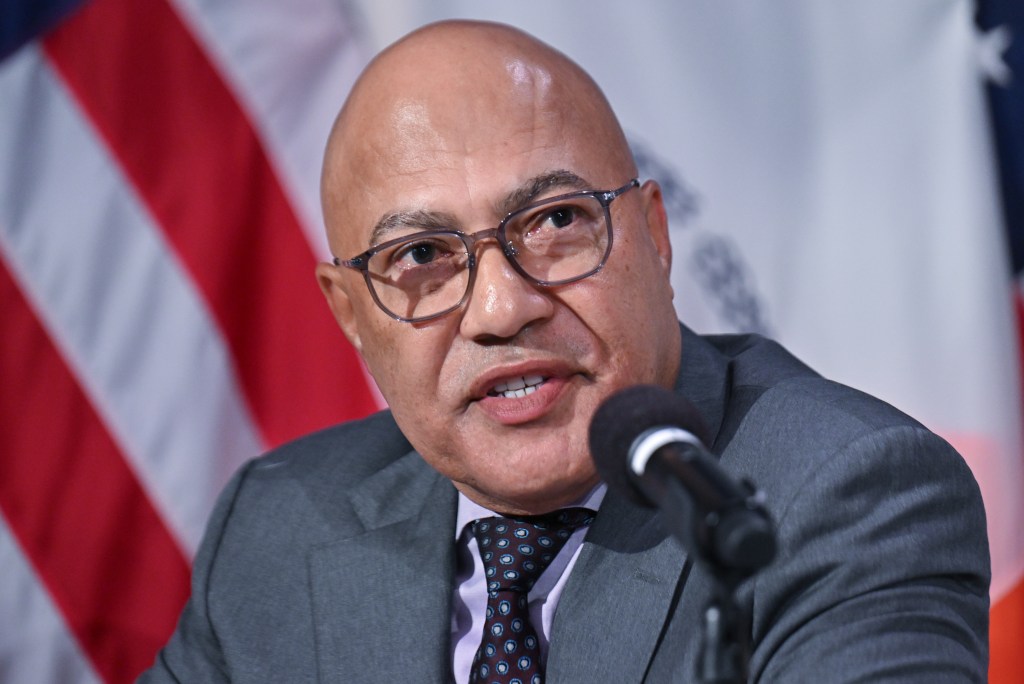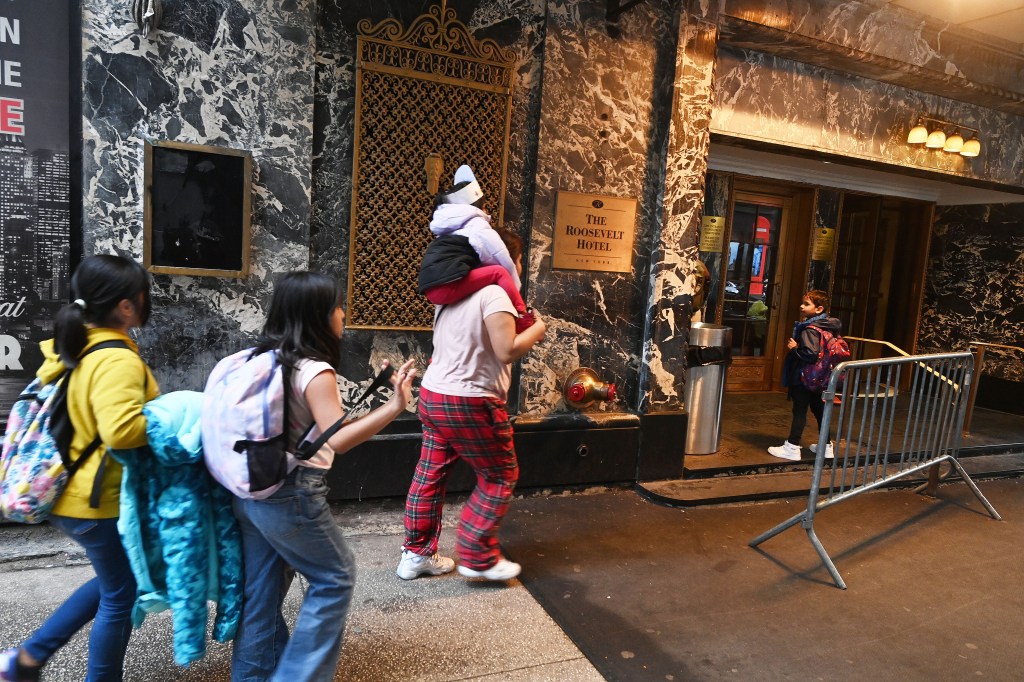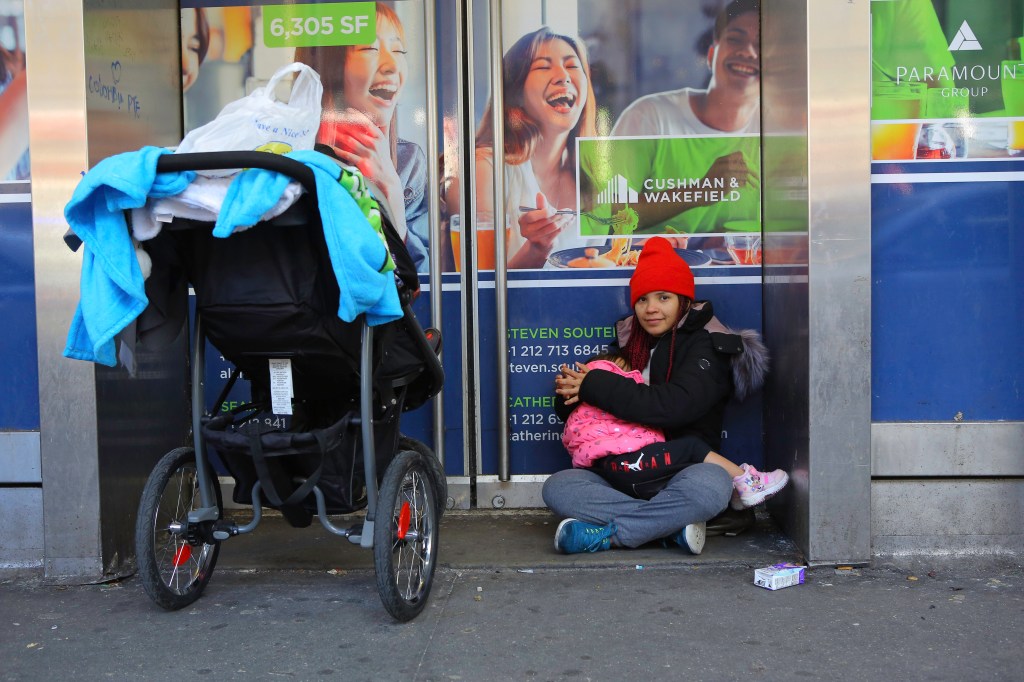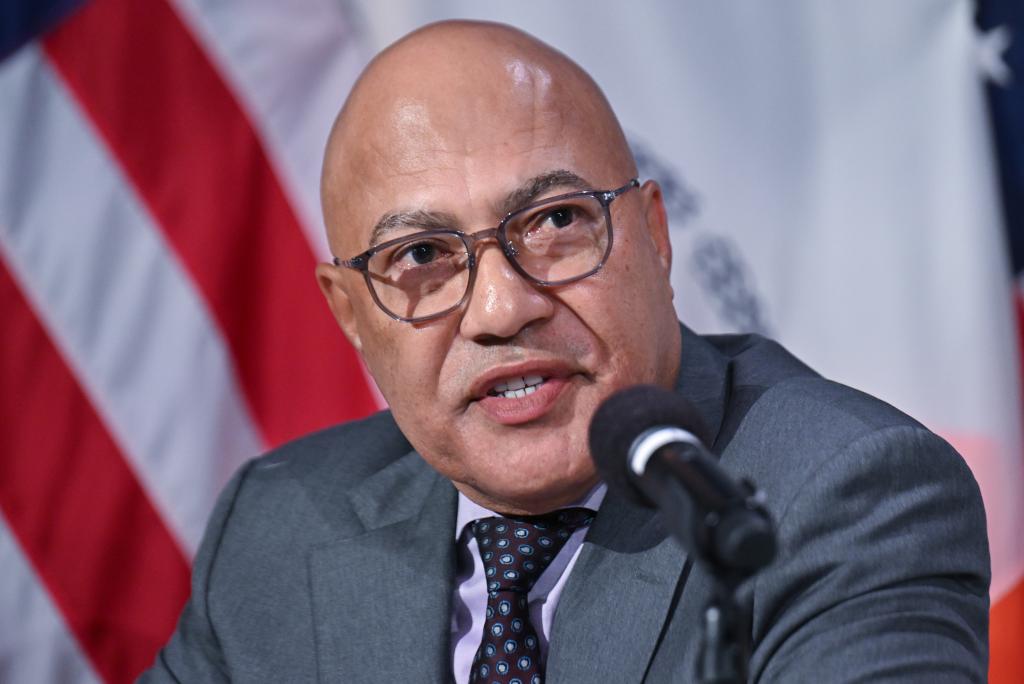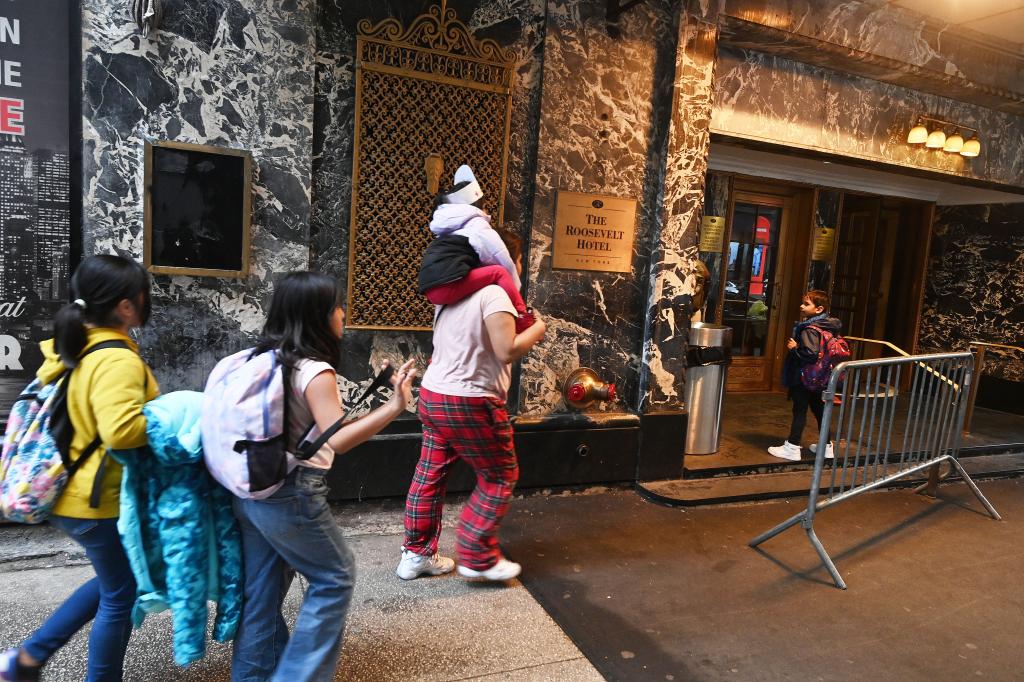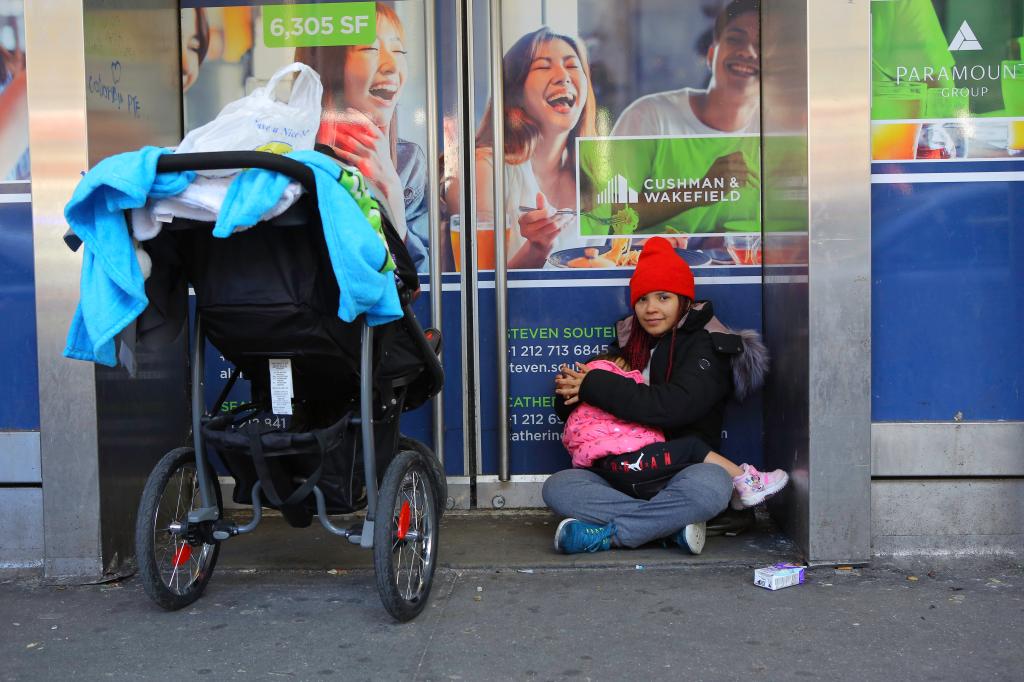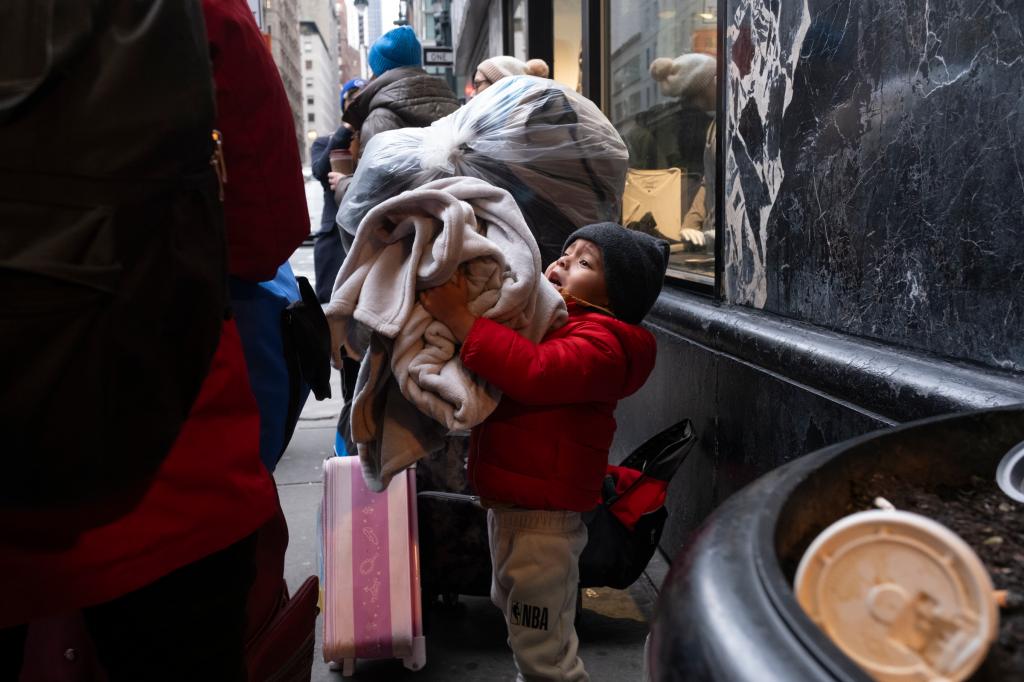NYC has received just $49M from feds to help deal with migrant crisis because of ‘stringent’ guidelines: ‘Obscene’
Contact The Author
The feds have so far only coughed up $49 million to help New York City cope with the surging migrant crisis that’s forecast to set the city back $10 billion through next fiscal year, according to the Big Apple’s budget chief.
City Budget Director Jacques Jiha dropped the figure as he testified Monday during the City Council’s first finance hearing to examine Mayor Eric Adams’ financial plan for the 2025 fiscal year.
Despite the federal government vowing to provide more than $150 million in aid — a measly 1.5% of the city’s total projected bill, Jiha said the city hasn’t yet been able to claw back the cash because of “stringent” reimbursement guidelines.
“We’re in the process of trying to collect… the balance,” said Jiha, who heads the Office of Management and Budget.
“The requirements are so stringent, that it is very difficult for us to do so, but we’re working the collect the remaining $107 million,” he added, without elaborating further.
Meanwhile, the city itself has already forked out $4 billion to house and feed more than 170,000 asylum seekers since spring of 2022, the budget boss disclosed.
“We need more help from the state and federal government to cover these expenses,” Jiha testified, mirroring calls from Adams for the Biden administration and Albany to step up.
In addition to the $150 million from the feds, Gov. Kathy Hochul has allocated $4.3 billion across 2024 and 2025 to help with the asylum seeker crisis — covering just under half of the city’s projected costs.
“Financing an international migrant crisis should have never been the sole responsibility of a municipality, yet here we are,” Councilman Justin Brannan (D-Brooklyn), the chair of the budget committee, told The Post.
“The fact that we’ve barely received $50 million in aid from DC is obscene,” added Brannan, as he laid the blame on House Republicans.
Jiha, during the hearing, stressed the need to stem the overall flow of migrants into Gotham, saying the city had “over-relied” on budget cuts to agencies in order to fund the crisis.
“We have to bring down the population otherwise we will have to find a new source of funding to keep this going,” he said.
The city’s 30-day and 60-day-limit rule for migrant shelters are a “very, very, very critical” strategy to help reduce the asylum seeker population, Jiha added.
“It is very critical that we bring down the census,” he said. “The 30-day, 60-day policies are part of that entire package of bringing down the census.”
“We have over-relied on PEGs to fund the asylum seeker crisis,” he added, referring to Hizzoner’s controversial Program to Eliminate the Gap that ordered all agencies to slash spending by an initial 5% to balance the city’s bulging $7.1 billion gap forecast for next year.
Jiha defended the unpopular cuts elsewhere during the hearing after the Adams administration was accused of needlessly axing services for New Yorkers in an attempt to offset the surging migrant bill.
“We did not have the luxury of time,” he said of the PEG program. “We drafted and implemented a plan immediately because making the tough but necessary adjustments early stabilized the city’s finances more quickly.”
Speaker Adrienne Adams, meanwhile, argued during her opening remarks that some cuts likely weren’t necessary because the council’s finance committee now estimated the city would rake in $3.3 billion more in tax revenue over the next two years than previously forecast.
“This would result in a surplus for these two fiscal years, and more manageable gaps in the outyears. There will also be in-year reserves available that must be utilized within the same fiscal year,” the speaker said.
“With higher-than-expected revenues in this fiscal year and a durable, resilient economy, I believe our city has the flexibility to reverse many cuts that have been made, strengthen our city’s workforce, and address our future fiscal challenges, all while being fiscally responsible.”
